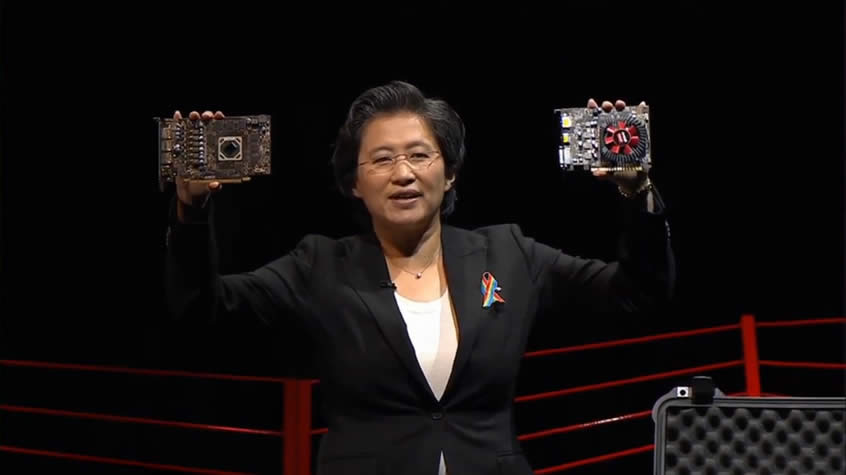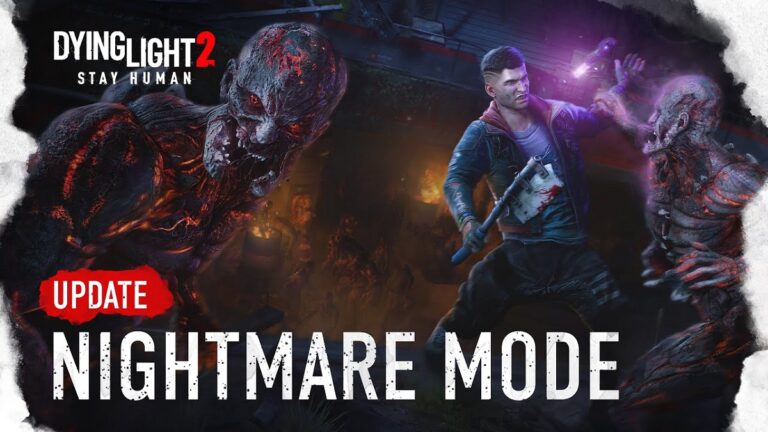Polaris R9 480x, Zen and VR Backpack Revealed at PC Gaming Show E3 Presentation
Today AMD CEO Lisa Su revealed in the E3 2016 PC Gaming Show Team Red’s latest hardware. Staring from detailing their new Polaris GPUs. AMD is going after the $100-$300 market with the Polaris.
AMD then started the demonstrations with Doom running on Polaris, using the Vulkan API. They didn’t specifically told us the name of the graphics card, but presumably this is a lower end Polaris 11 GPU, being something close to the RX 460, and the frame rates were hovering in the 60-90 fps range. This is a graphics card that AMD plans to use in gaming notebooks and laptops, so hitting 60 and more fps at 1080p is an excellent place to start.
Check out the presentation of AMD in this E3 2016:
https://www.youtube.com/watch?v=VtFRUnVZDn0
“AMD did have the “final” hardware on display for their Polaris cards, the Radeon RX 480, RX 470, and the RX 460. Starting with the RX 480. It’s a 150W TDP card, targeting “premium VR” with prices of “$199 and above.” This will be a disruptive card in the sense that it brings the barrier to entry for VR down from nearly $300 to $200 (though you still need a $600+ VR kit).
AMD had a few other hardware pieces to show off. There was an Alienware reference design VR backpack with an RX 480 and all the required PC hardware inside, hooked up to an HTC Vive. This frees you from the wires that normally create problems in VR, giving the ‘full VR experience.’
Zen will going first into enthusiast class desktops processors, using AMD’s Summit Ridge platform, aka AM4. This is good news, as it means AMD is reentering the performance CPU market. Zen will be coming later this year or early in 2017, but AMD had little else to say other than that they’re doing validation and they have Zen running Doom. AMD didn’t show any specific performance numbers or discuss features, though AMD has previously revealed that Summit Ridge will have models with eight CPU cores with 16 threads.
For gaming, it may not matter too much, as we’ve looked at performance with a variety of CPUs and the main bottleneck in most games remains the graphics card. However, the combination of low-level APIs with better multi-threading support and processors with more than four cores does hold some potential to do more, and there are non-gaming uses where faster processors are extremely helpful (e.g., video encoding). We’re definitely interested in seeing what Zen brings to the table when it launches.”
For more information on these AMD hardware, read this article from PC Gamer.
No related posts.






